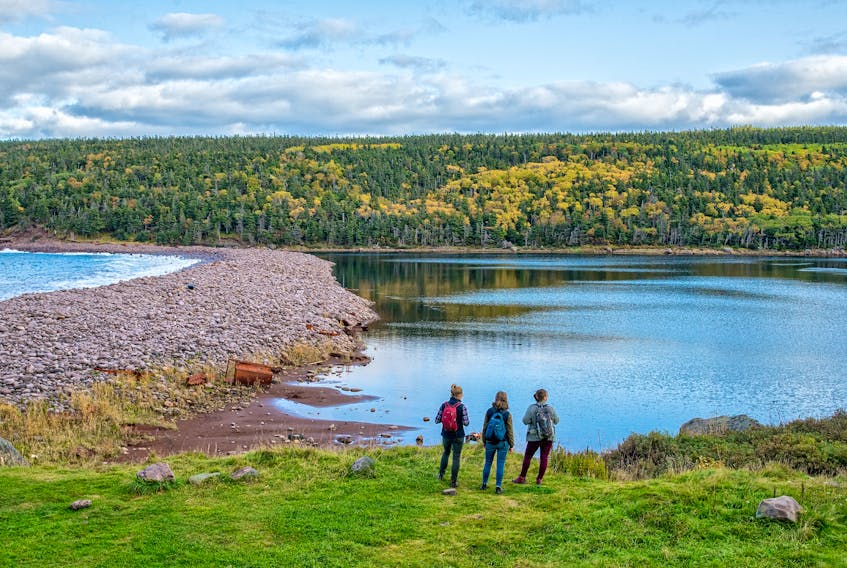During the summer, many Canadians long to experience the great outdoors but research shows fewer of us are doing so these days. A recent survey commissioned by the Nature Conservancy of Canada (NCC) found that 87 per cent of respondents felt happier, healthier and more productive when connected to nature. But 74 per cent said it is simply easier to spend time indoors and 66 per cent said they spend less time in nature now compared to when they were younger.
An increasing number of medical studies show spending time in nature provides us with physical and mental health benefits. Here are three easy-to-access nature programs, along with ways to prepare for a safe and enjoyable time on trails, in our forests, lakes and coasts.
Whether you’re an indoor enthusiast or a next-level naturalist, a new, fun six-question online Nature Quiz (naturequiz.ca) will give people a Nature Score to find out how connected you are to nature. Then, you can sign up for Nature Coach and receive weekly email tips on how to have a happier, healthier life by spending time outdoors.
If people are looking for places to explore, check out Naturedestinations.ca.
It features nearly 40 natural areas, from all ten provinces to see. Detailed information on locations, including interactive maps, species to spot, trail information, tips on what to bring and easy-to-follow directions can all be found online.
People may also get involved first hand in caring for nature. There are dozens of community events listed at conservationvolunteers.ca. Activities range from tree planting to removing invasive species, improve hiking trails, carry out bird counts and species inventories, clean up plastics and marine debris at a shoreline cleanup, help endangered birds, or plant native wildflowers as part of local restoration efforts.
Helpful tips
Before heading out, check the weather forecast and trail conditions. In addition to sunscreen, bug spray and proper clothing, download trail maps and interpretive information, bring binoculars to view birds and species from a safe distance, a reusable water bottle, first aid kit, tissues, pocket knife, healthy snacks, recyclable food waste bags and a cell phone (for emergencies).
When planning your activity, whether it is swimming, canoeing or hiking, know your own ability and limits. Familiarize yourself with your surroundings ahead of time, pack a map and review your trail. During bear and cougar season, it is recommended to travel in groups, and you should always tell someone where you are going and when to expect your return.
Be aware of species
When outdoors, you’ll often see different plants, birds and wildlife, helping us gain a greater appreciation of nature. Downloading and using the mobile app iNaturalist is a great way to learn what species are in an area, post photos and contribute to citizen science.
Something to be aware of in parts of Canada are blacklegged ticks (also called deer ticks). Ticks themselves are not dangerous, but they can carry various bacterial diseases that are harmful to humans.
Lyme disease, for example, is an infectious disease spread by blacklegged tick bites. To protect yourself against ticks, wear bug repellant, long sleeves, light-coloured clothing, tuck everything in (including your pants into your socks), stay in the middle of trails, take a bath or shower after a hike and always check your clothes and body for ticks after a hike because they can be as small as a poppy seed.
What to wear
Trail ready clothing allows your body to regulate its temperature and moisture, and will help avoid potential friction. In the hot summer weather, quick-dry materials are more comfortable, and appropriate footwear (waterproof shoes or hiking boots) will positively affect your outdoor experience and reduce trip-ups on roots and rocks. Check the weather forecast and if rain is in the picture, pack accordingly. To avoid extensive sun exposure and prevent insect bites, it is best to wear long sleeves and pants. Wear a hat, and apply insect repellent and sunscreen, even if you are sheltered by trees.
Erica Thompson is director of engagement with the Nature Conservancy of Canada.









